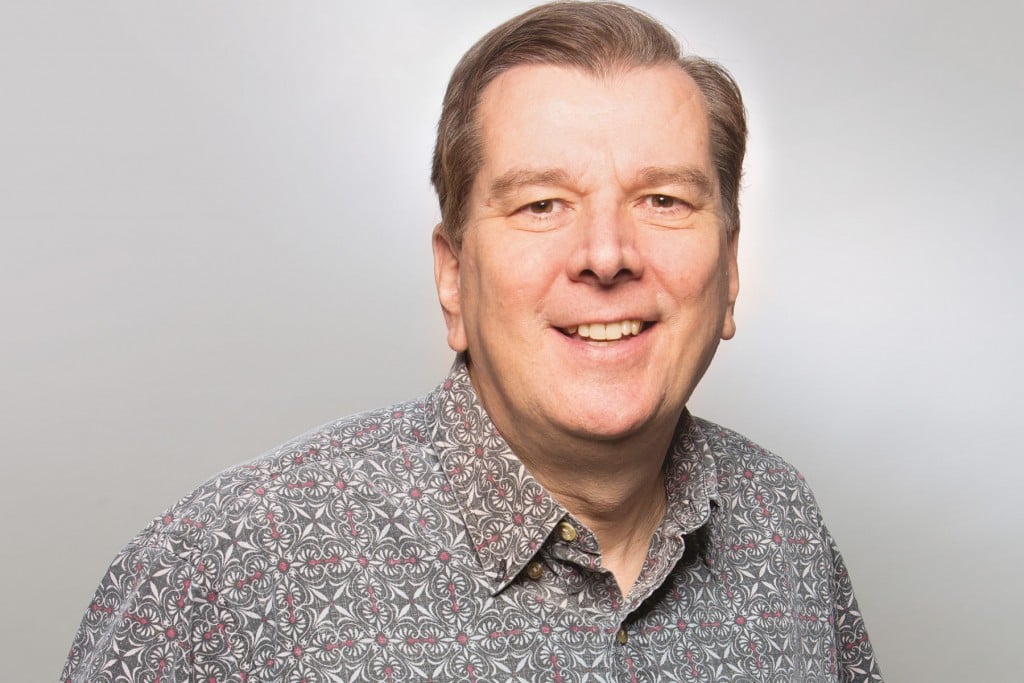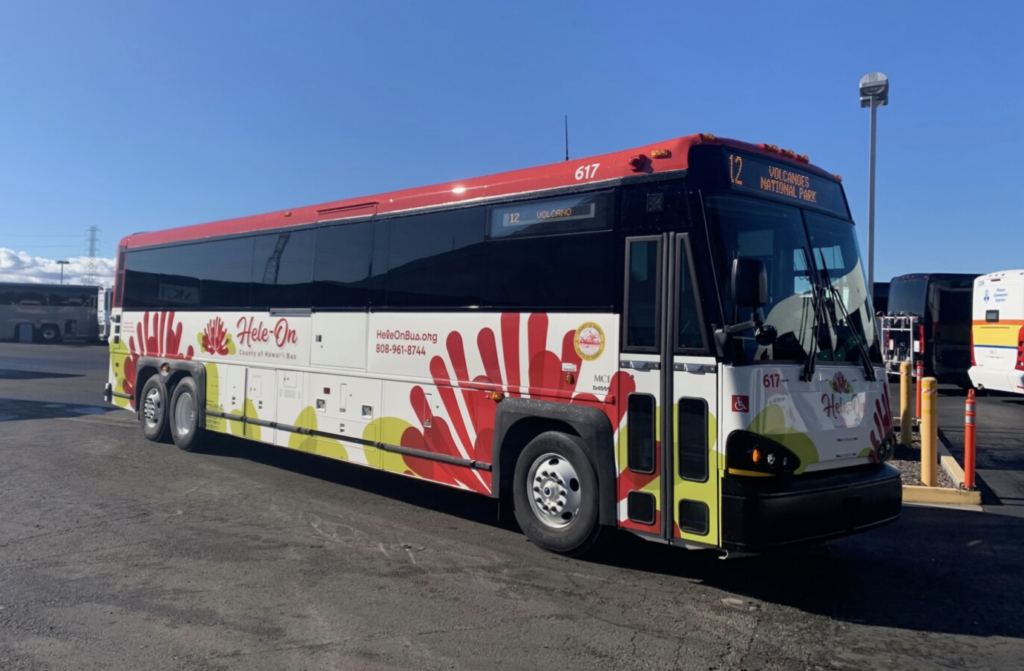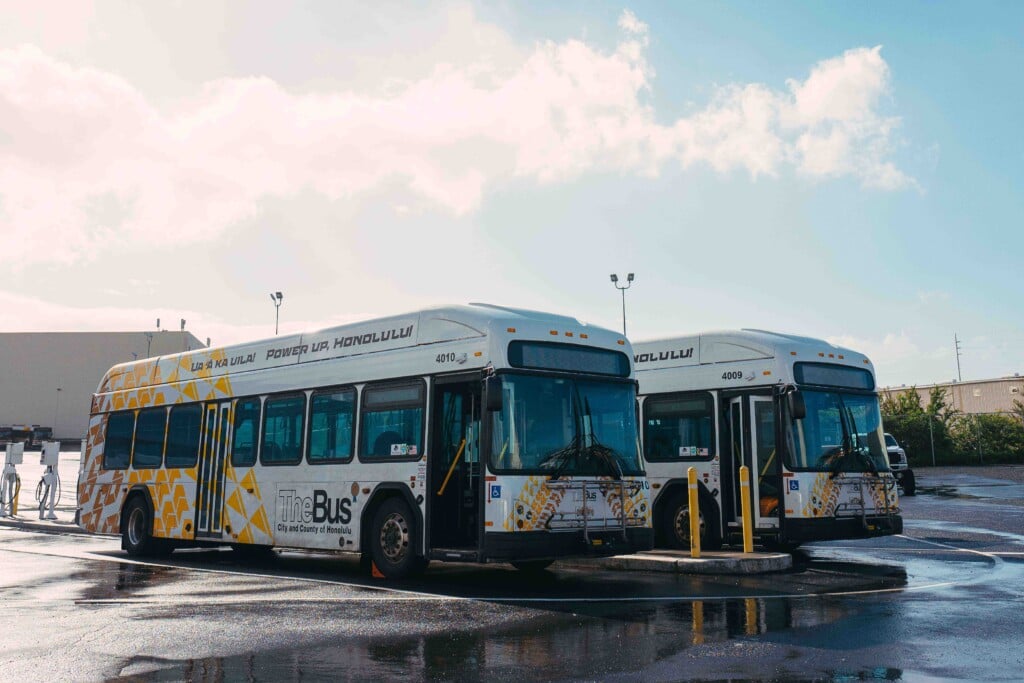Editor’s Note: The Sacredness of Mauna Kea

It is obvious to anyone who has been there or seen it shining in the distance, that the summit of Mauna Kea is a sacred place. Native Hawaiians are not unique in this reverence: Virtually all the great religions venerate high places. The book of Exodus says God talked to Moses and gave him the 10 Commandments on Mount Sinai; both Buddhists and Taoists revere the Sacred Mountains of China; Mount Fuji is venerated in Japan and even non- Christians frequently quote from Jesus’ Sermon on the Mount.
Mountains and mountaintops separate us from the mundane reality of everyday life and help us see farther, both literally and spiritually. Mountains are both destinations and way stations in our spiritual journeys as we seek our deeper purpose as humans and our connection with all of creation.
Many of the characteristics that make Mauna Kea’s summit such a spiritual place – distance from built-up areas, dark skies, clean air, low humidity and clear views of both the planet’s northern and southern skies – also make it the best place in the world to view the universe. So good that there are 13 telescopes already on the summit and another planned, the Thirty Meter Telescope, which will be the most powerful telescope on Earth.
Do we protect this sacred place or allow the TMT to be built and maintain the existing telescopes? I suggest the best answer is a sacred and scientific middle ground.
There is no question that the telescopes have changed the summit; any time humans set foot there, whether they are cultural practitioners or scientists, they affect the mountain. But if we can think beyond traditional concepts of sacredness, it is clear that the telescopes, if respectfully used and maintained, can enhance the sacredness of the summit.
First, because this is a business magazine, let’s cite the worldly reasons the telescopes should be there. Half of the 626 employees working for the existing 13 telescopes were hired locally, and all of them have well-paid jobs that are sadly lacking on Hawaii Island. (Most work in Waimea and other places on the island, not on the summit.) Some $300 to $400 million of the TMT’s $1.4 billion construction cost will be spent in Hawaii. And, after it is built, TMT, like the existing telescopes, will be big buyers of local products and services. The summit of Mauna Kea is a huge economic engine for Hawaii’s poorest major island.
But more important than economics is that the human race learns far more about the universe from the summit of Mauna Kea than any other place on the planet. These telescopes investigate the origins and workings of the universe, they help answer grand questions of matter, energy and time, they look for signs of life in the universe, among many other grand pursuits. These may be the greatest spiritual journeys of our time and these telescopes are our canoes. Yes, manmade tools such as observatories can have a sacred purpose, even if they are built of concrete, steel and glass. After all, ancient Hawaiians built heiau in sacred places. Consider these observatories modern cathedrals of knowledge.
I recognize the sacredness of Mauna Kea’s summit. So, I think, do many of the scientists and engineers who work there, as well as the many Hawaii residents who are proud our state helps lead humanity’s exploration of the universe. I think that ancient Hawaiian voyagers would be proud, too, as would Hawaiian leaders such as King Kalakaua, who embraced modernity in many forms, including instrument-based astronomy and electricity.
Of course, it is not up to me, but to individual Native Hawaiians themselves to decide what they think of the telescopes. However, Hawaiians are not the only ones who should decide the future of Mauna Kea. Everyone who lives on Hawaii Island – and, to a lesser extent, everyone who lives in this state – should have a say in this decision, whether some or all of their ancestors immigrated here 1,400 years ago or 100 years ago or, as in my case, if you have lived here for almost all your adult life.
Keep in mind that TMT has already gone through an arduous seven-year political, regulatory and legal process that confirmed the majority of Hawaii’s people want it on the summit of Mauna Kea. We don’t need to redo that process; we just need the people who support that decision to make it clear they have not changed their minds.
There are also lessons to learn. We need to do a better job of respecting and protecting the environmental and traditional sacredness of Mauna Kea. That has been done poorly in the past, though things are getting better. It is good news that the operators of each telescope have a strategy for shutting down and restoring their site when their telescope is no longer useful. Such reverence for the site, combined with the continued presence of productive telescopes exploring the universe, are the best ways of embracing both types of sacredness on the summit of Mauna Kea. There is room for both. There is need for both.






